3D-Printed Dremel Centrifuge
by OnTheBrink in Workshop > 3D Printing
4503 Views, 37 Favorites, 0 Comments
3D-Printed Dremel Centrifuge
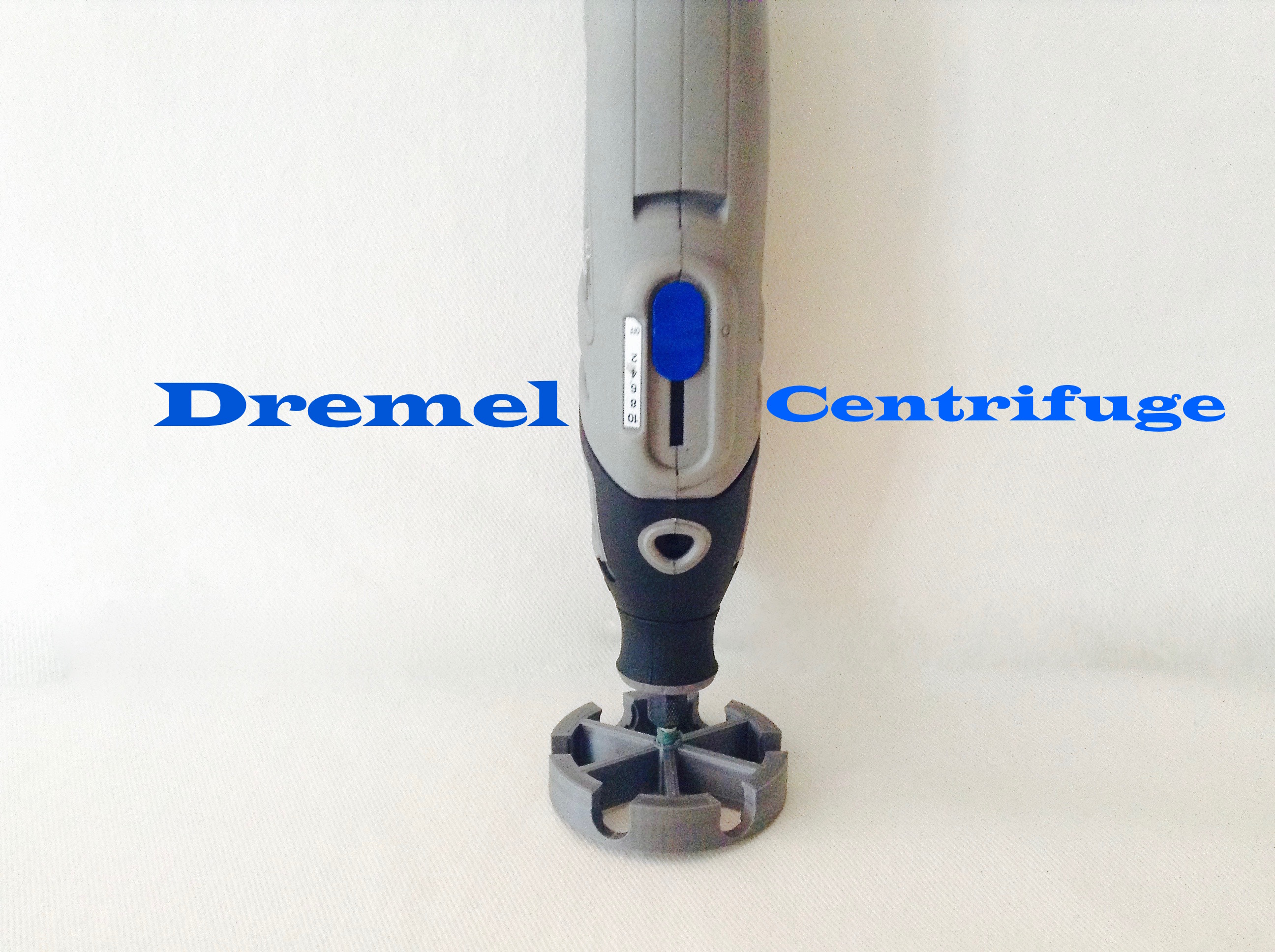
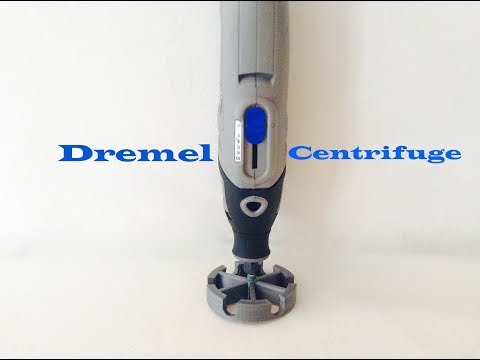
Hello everybody! Today, I'm going to show you how to make a simple centrifuge with a Dremel rotary tool. Let's get right into it!
I have a video on this project as well, so if you want to check that out, give it a click.
Parts
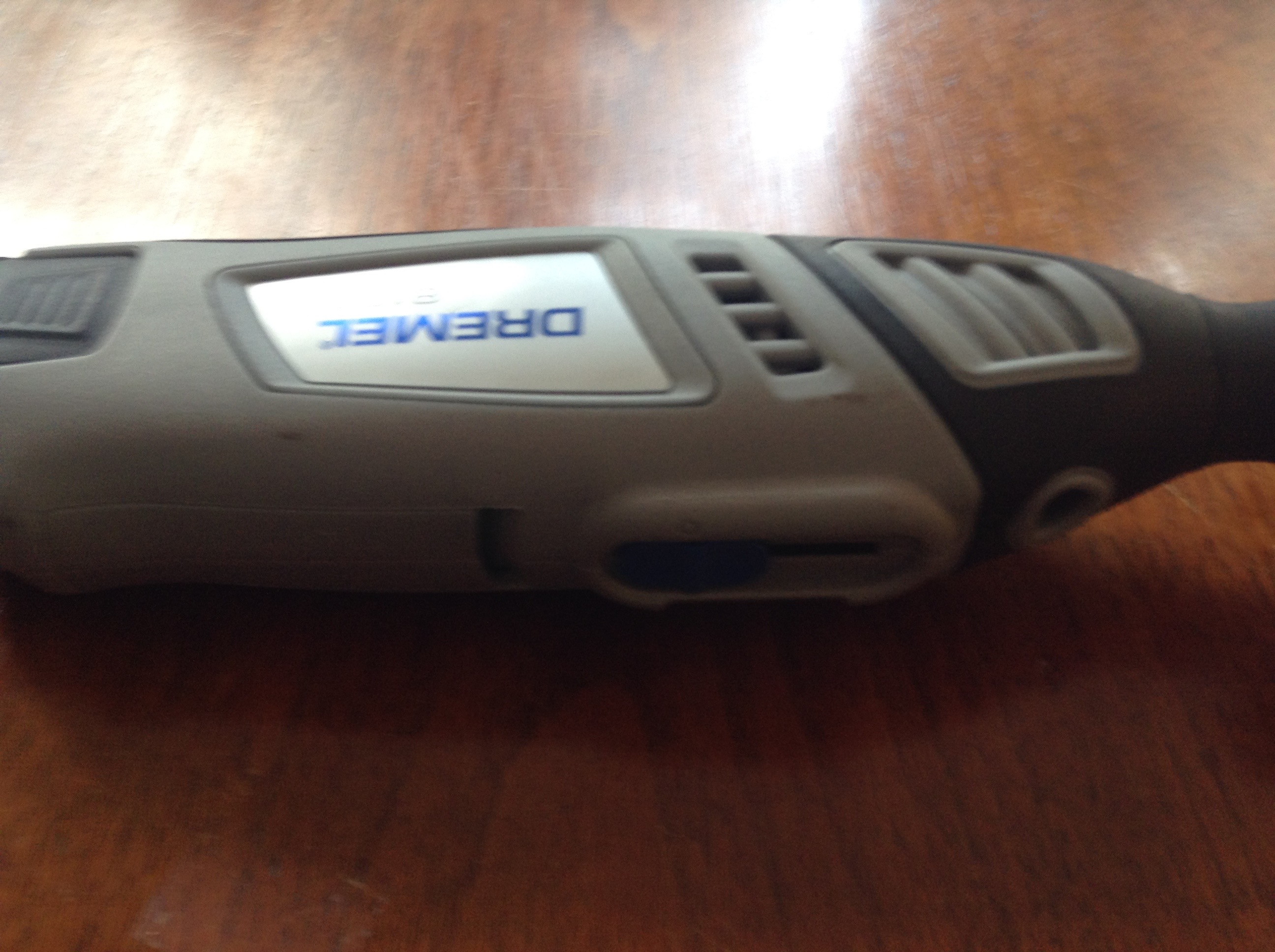
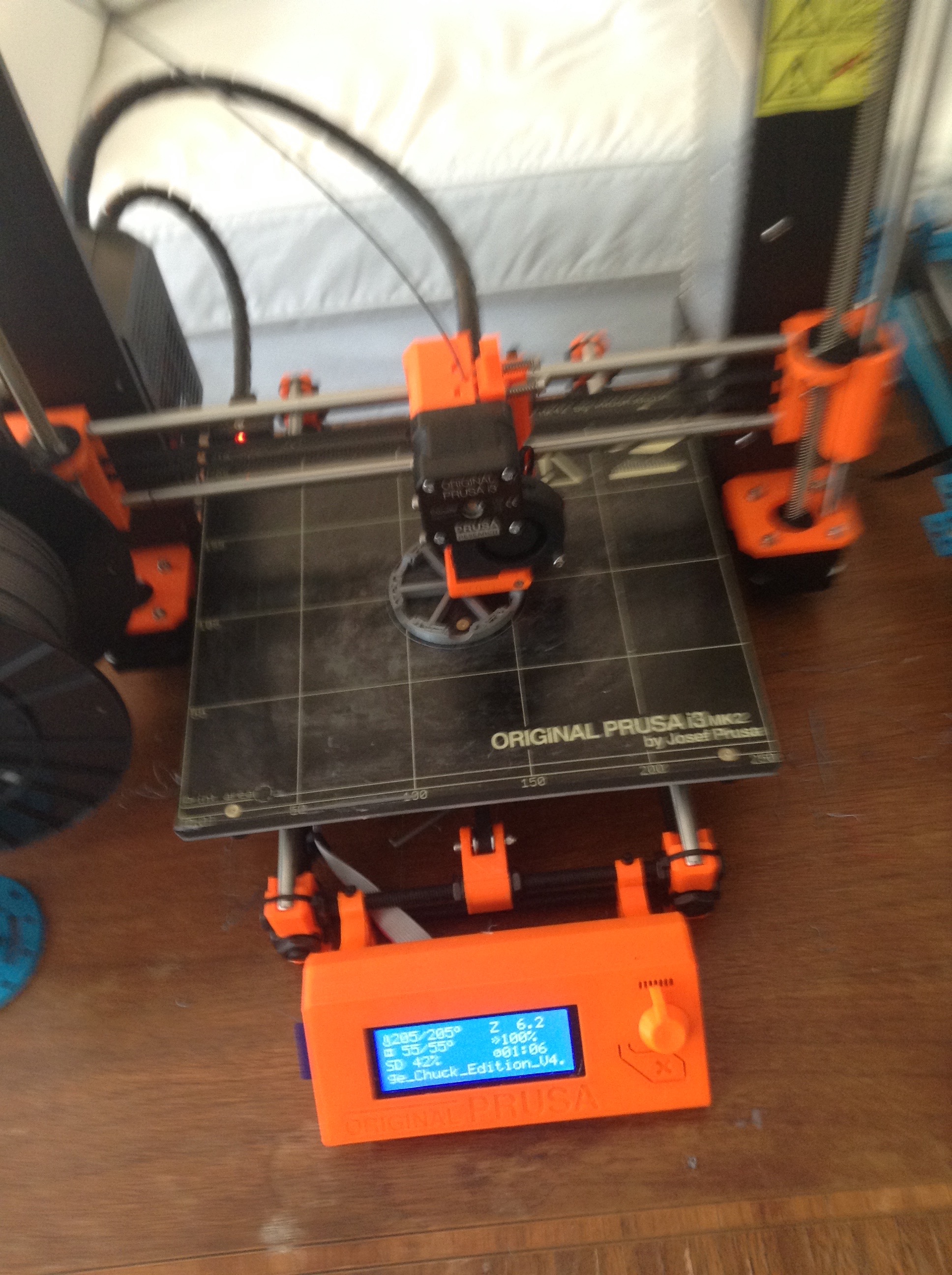
For this project, you will need:
- Dremel rotary Tool
- 3D printer w/ PLA Filament
- Small Sander Bit
- Super glue (depends on which version you print)
- Knife (depend on which version you print)
That's it. On to printing.
Printing Your Parts
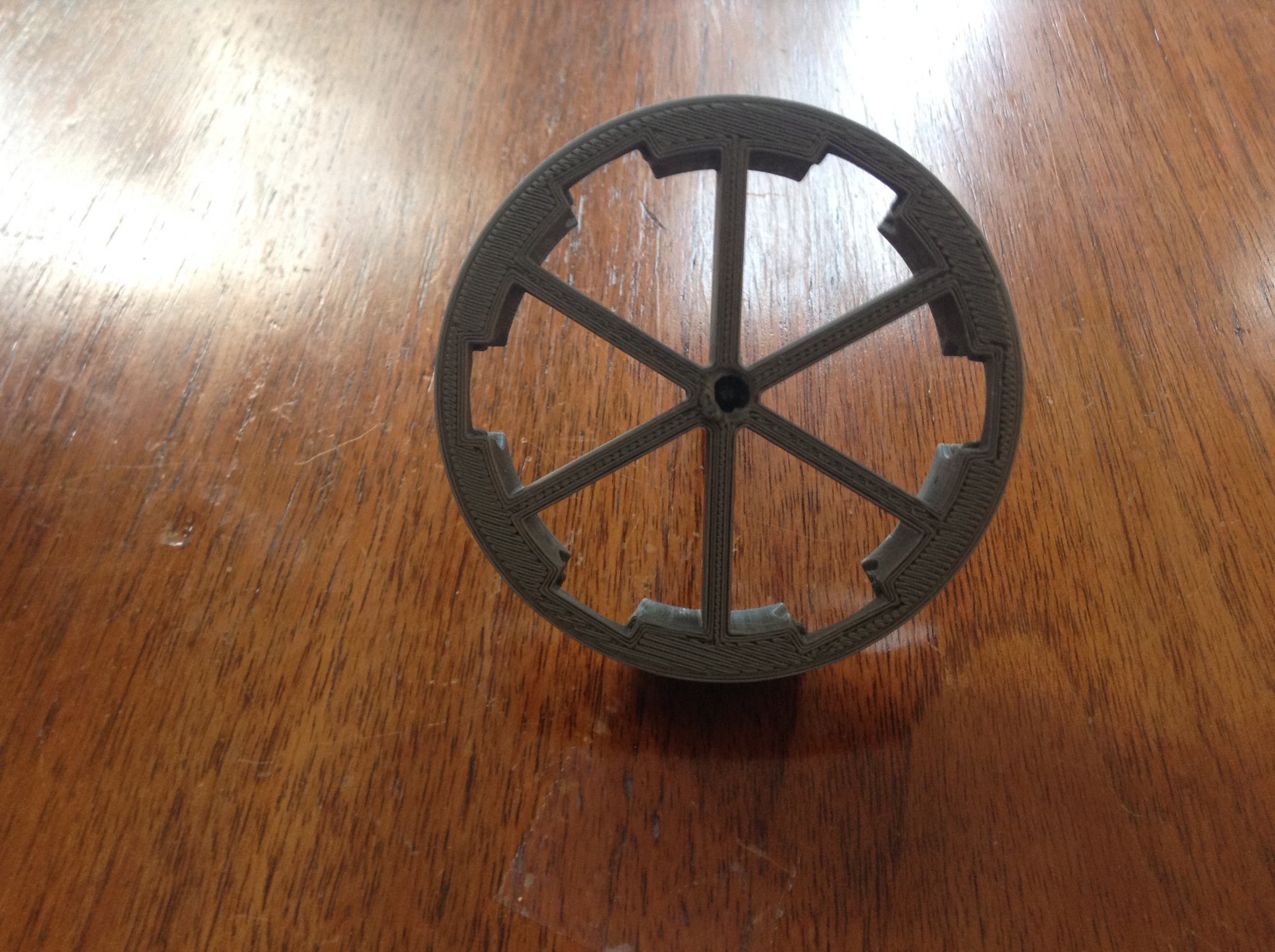
These files were made by Thingiverse user cathalgravey, link to his page here:
https://www.thingiverse.com/cathalgarvey/about.
Also, the chuck edition has a large cylinder poking out of the top. The non-chuck version
Anyway, the .stl files are above, so just follow the directions for if you have or do not have a 3D printer. Make sure to slice the files before you print.
***STEPS IF YOU HAVE A 3D PRINTER
Upload these files into your SD card or upload them to your printer. Keep that print time in mind when scaling the files up or down. Load the new g code files into your 3D printer (I use a PRUSA is MK2, so I just put the files onto a SD card, but if you have a wireless printer, just upload the files wirelessly). Start the print and you are done.
***STEPS FOR SOMEONE WHO DOES NOT HAVE A 3D PRINTER
First, Choose the printing service you want to use. I recommend that you use 3D hubs, since their file sharing system is very easy to use. Upload the files and chose the hub you want to use. The hubs also give you the option of filament you want to use. Most filaments would be fine for this project, just use common sense when choosing. For example, printing this crossbow in a super flexible filament would not be that great of an idea, since the functionality of a crossbow is based on having a tense frame. The site will guide you through payment and the hub will give you an estimated delivery date as well
Assembly
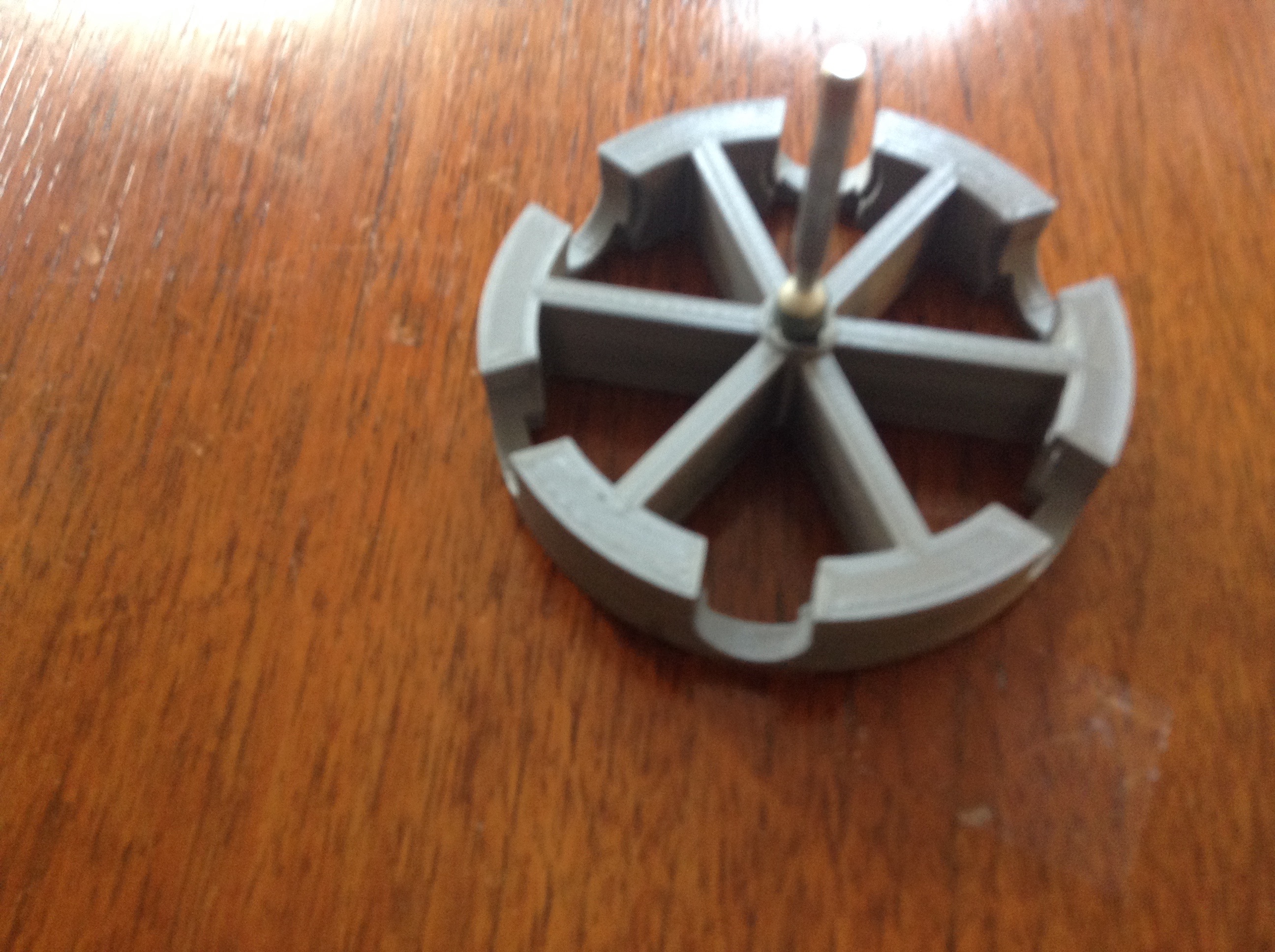
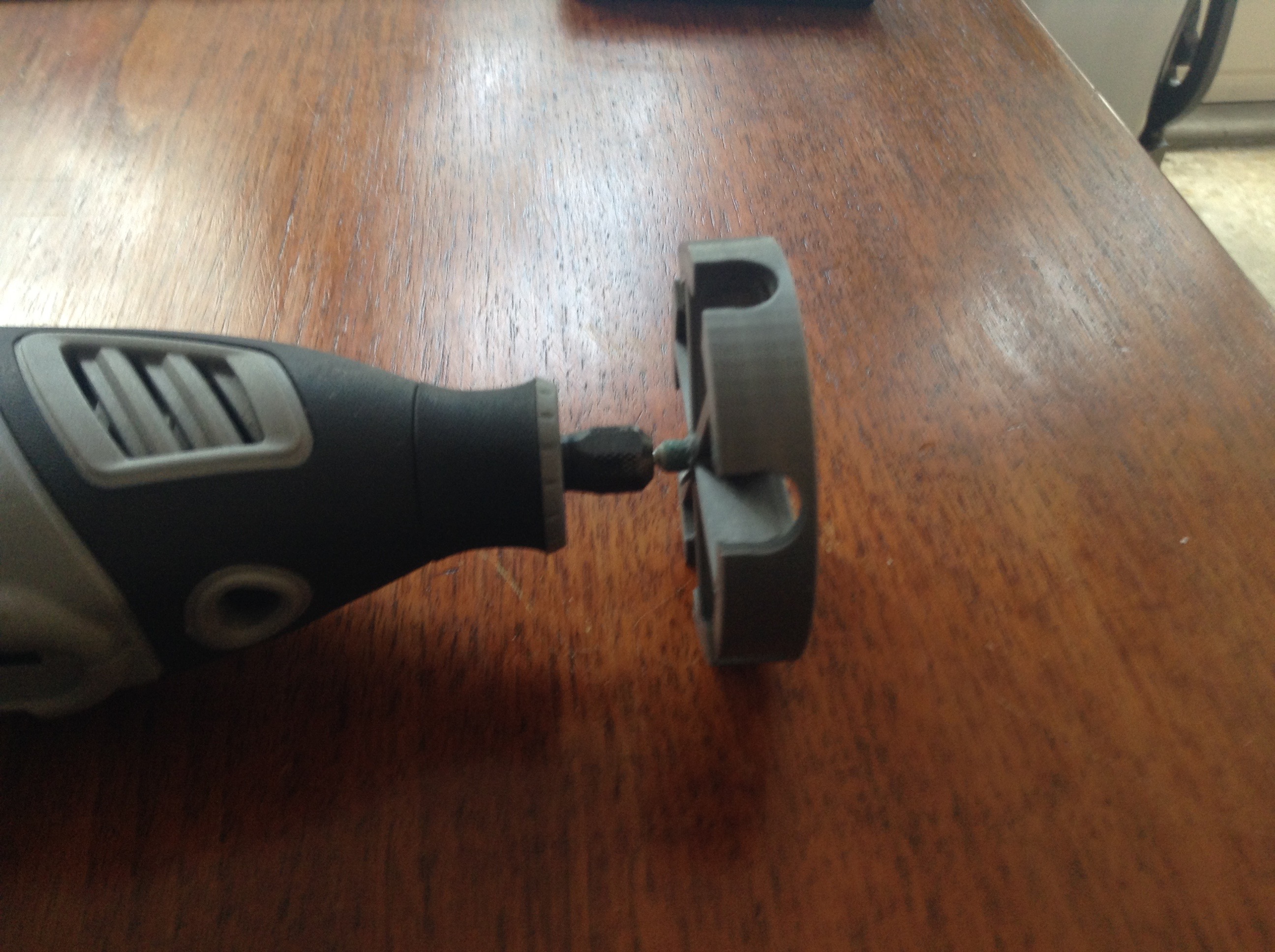
Time for assembly.
CHUCK VERSION:
- You will need to take off the cylinder poking out of the middle of the centrifuge hub. I used a knife to cut part-way through and used a hammer to break it off completely.
- Take out your sanding bit. Begin sanding a hole in the side with the cylinder. Continue to sand until the Dremel begins to stall. Once that happens, it means that the plastic within the centrifuge is melting on to the bit. That's it.
NORMAL VERSION:
- Insert the sanding bit into the hole of the centrifuge. Make sure it is centered and completely level.
- Now use a small amount of super glue to secure the bit in that position. Try not to move said bit too much in this process.
- Now wait for the glue to cement, and that's all folks.
Thanks for reading, and, as always, Happy Making!